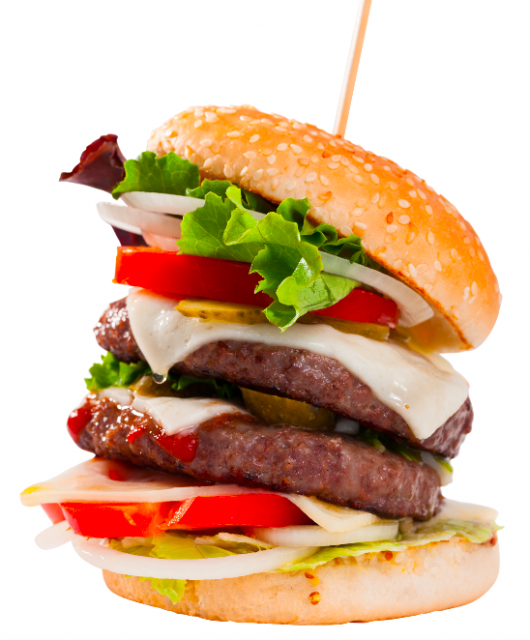Aligning Your Brand To Your Business Strategy: Uber Vs. Dunkin’
I have been asked by media guys, industry peers and internal colleagues several times lately to comment on the recent “rebrand” of Uber and I have continuously refrained from doing so. I didn’t comment not because of subjective preference or opinion between the old brand identity vs. the new; and not because I do not want to pick a war with a rival branding consultancy who I respect and acknowledge their long standing contribution to the branding industry, but simply because I could not see or justify the reason for the rebrand or rather the outcome of this rebrand.
Is it a rebrand? A revamp? A toned-down logo? A more approachable typography? The brand owners and custodians label it as a rebrand, a shift towards global mobility rather than transportation demonstrated in the form of movement. Strategically, this has been the case since the previous rebrand that took place 3 years ago. Uber or UBER moved towards a more approachable position rather than niche and was accessible by a larger segment ranging from transportation to basic courier to chopper rentals and food delivery. Preserving the black color and owning a typeface is great and enhances the brand image and brand recognition/ recollection but does not impact the business positively or negatively. It does though keep the brand fresh, modern and active in the eyes of its customers. So maybe I should soften my response next time I am asked for my professional opinion about the new Uber rebrand and respond with “well… it is ok for a tweak, let us wait for the real rebrand when the business and brand strategy dictates that”.
And here comes Dunkin’ Donuts, a dominant coffee house brand from the 1950’s, announcing last week that it is set to rebrand starting with a name change from Dunkin’ Donuts to simply Dunkin’. The move is set to align the brand name with the company’s business strategy and positioning in the market as a “beverage-led” brand while shifting its focus and service/ product offerings to coffees, teas and quick service foods that include snacks and baked food and of course donuts. This move is understood by the holding that owns Dunkin’ Donuts and Baskin Robbins and goes by the name “Dunkin’ Brands”; it is simply acting upon its business reality and customer perception of this brand whereby it nets an annual revenue of $4.4BN out of which 67% is purely coming from coffee sales; which in turn constitute a profit margin of over 90% per serving.
So a rebrand is inevitable in the case of Dunkin’ Donuts, it falls under the typical and justifiable reasons why businesses and corporations undergo a rebrand; reasons that Uber did not possess:
1) Brand Reputation Issues: Lucky Goldstar could never change customers’ perceptions on their poor quality despite the heavy investment in infrastructure, technology, packing, marketing efforts and global reach. LG was then born.
2) Business Model Alignment: It is when businesses and brands expand their range of products/ services that they offer in order to meet the changing or shifting needs of customers and the marketplace. A good reason for Dunkin’ to rebrand, change brand name and revamp their customer experience.
3) Regaining Brand Relevancy: Another heavyweight brand that underwent a relevant rebrand last week is Weight Watchers (rebranded to WW). WW rebranded in order to mirror the demands of the times and move up to a wider positioning stretch from a “Specialty” diet products brand to a lifestyle & wellness brand.
So the next time you consider rebranding your business, product/service or organization, think about it for a second, are you doing so because it is nice to do so or are you aligning your brand to the new business reality inline with your business and brand strategy?





